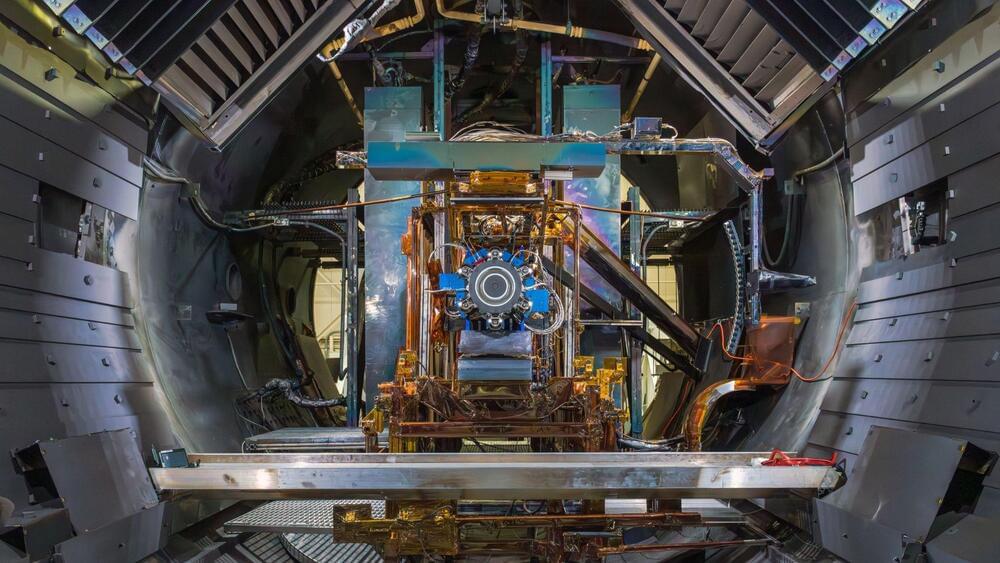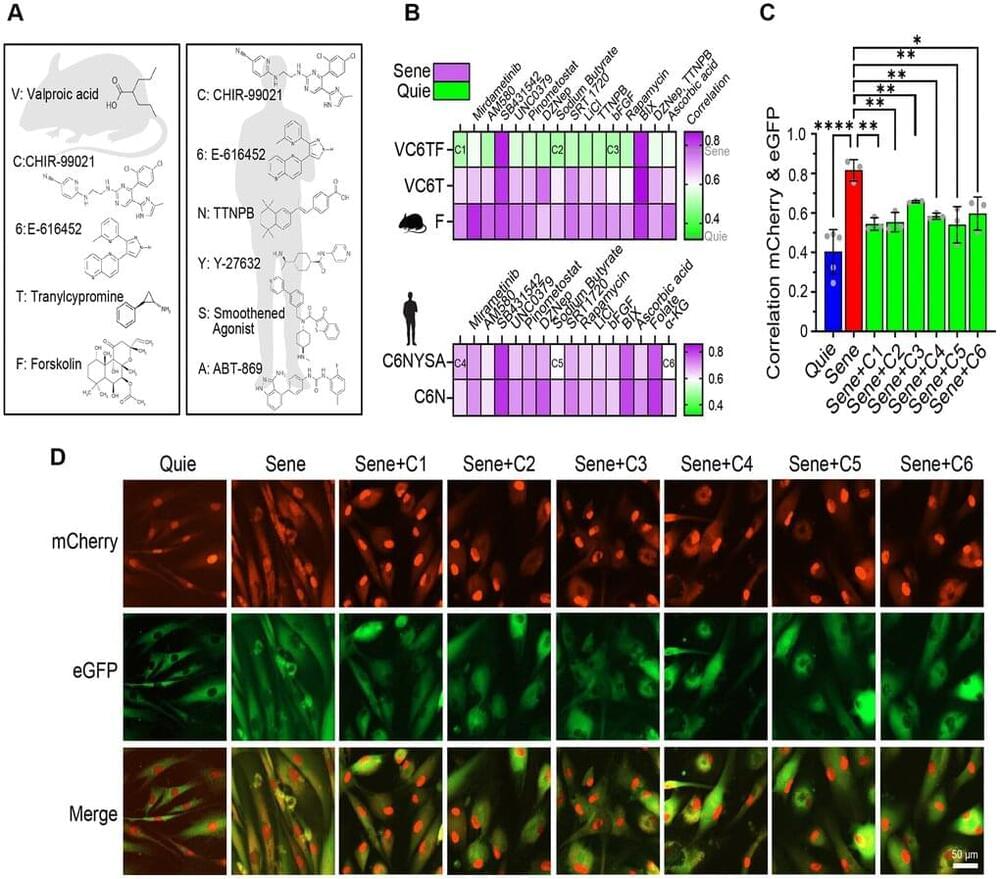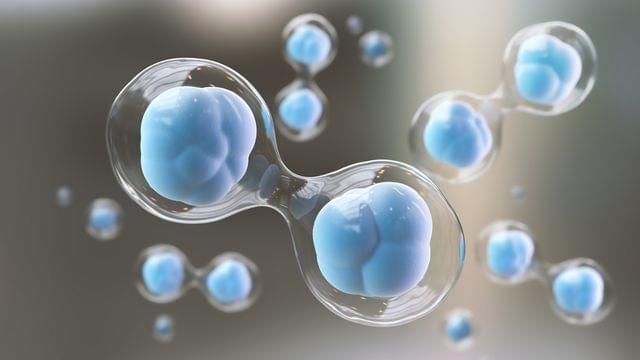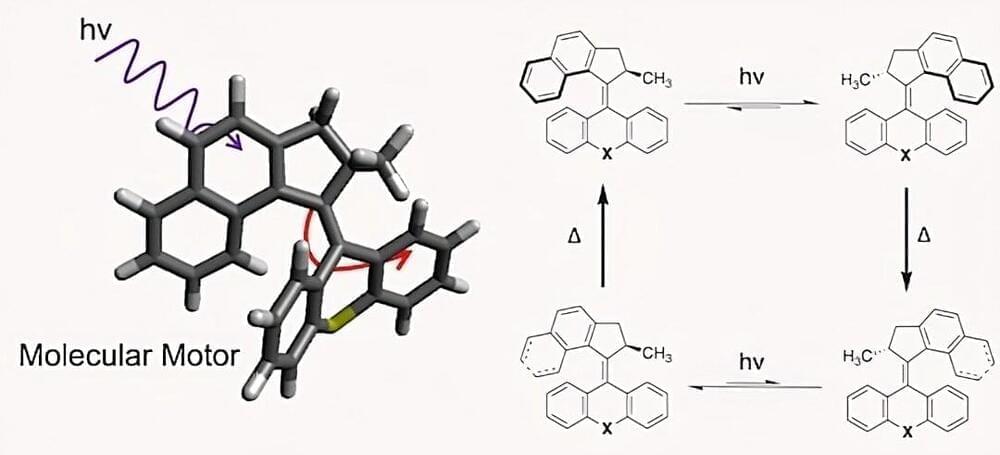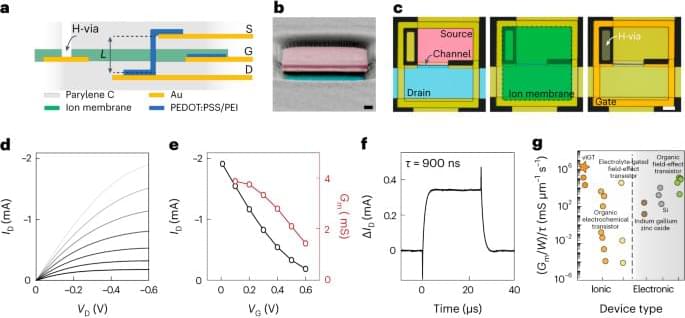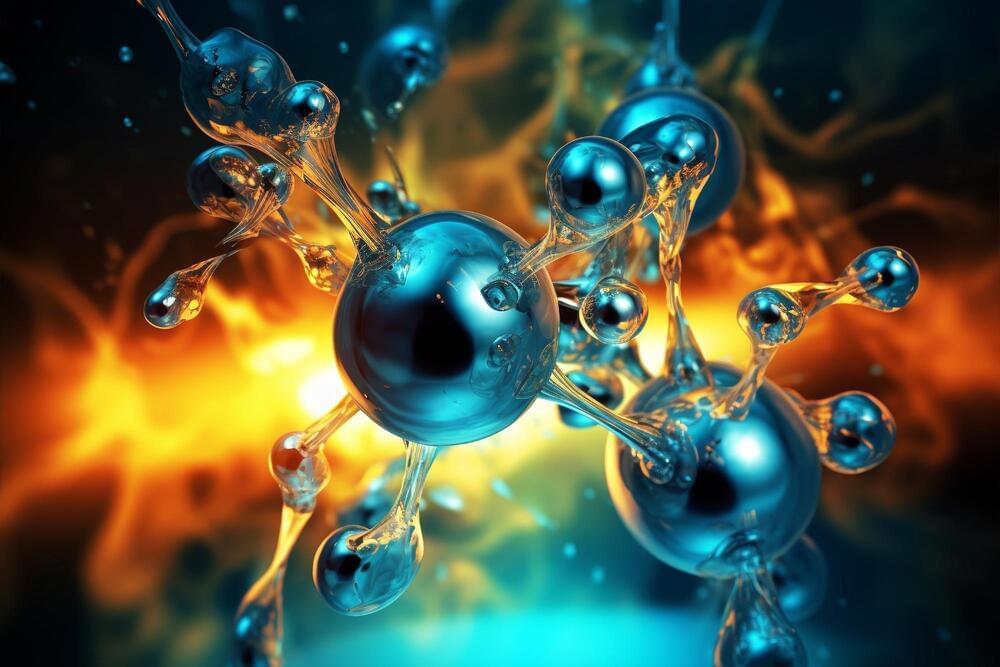Jul 14, 2023
NASA begins tests on most powerful solar electric propulsion thrusters
Posted by Gemechu Taye in categories: chemistry, solar power, space travel
The thrusters will play an important role on NASA’s Gateway, the outpost orbiting the Moon.
Engineers from NASA and Aerojet Rocketdyne have begun the multiyear qualification testing of the most powerful solar electric propulsion (SEP) thrusters, which are expected to radically change propulsion in space, a press release from the space agency said.
For decades, space research has relied on chemical propulsion to generate millions of pounds of thrust and has attempted to make bigger and more powerful rockets to take us further in our space voyages. While this is a standard even with the most advanced methane-powered rocket engines, it is not necessarily the most efficient way to move about in space.
